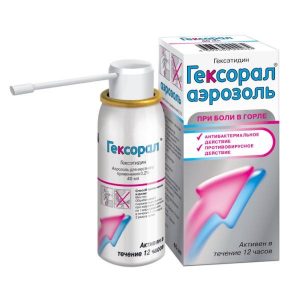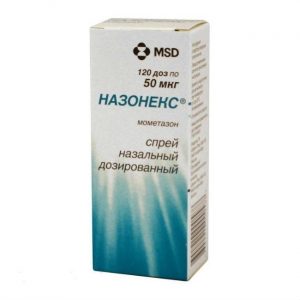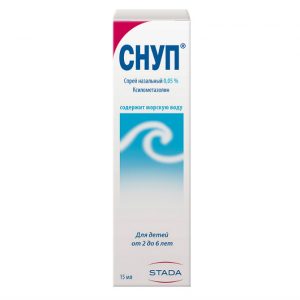Description
Latin name
Rinostop
Release form
Nasal drops
Packing
Bottle of 10 ml.
Pharmacological action
Rhinostop is a vasoconstrictor for topical use in ENT practice.
alpha adrenergic agonist. When applied to the mucous membranes, it causes vasoconstriction, resulting in a decrease in local hyperemia and edema. With rhinitis, it facilitates nasal breathing.
Pharmacokinetics
When applied topically, it is practically not absorbed, plasma concentrations are so low that they cannot be determined by modern analytical methods.
Indications
Acute allergic rhinitis, sinusitis, hay fever, otitis media (to reduce swelling of the nasopharynx), preparing the patient for diagnostic procedures in the nasal passages.
Contraindications
Angle-closure glaucoma, atrophic rhinitis, arterial hypertension, tachycardia, severe atherosclerosis, hyperthyroidism, brain surgery (history), hypersensitivity to xylometazoline.
Use during pregnancy and lactation
During pregnancy and during lactation, Rinostop should be used only after a careful assessment of the risk-benefit ratio for the mother and the fetus, it is not allowed to exceed the recommended doses.
Dosage and administration
Intranasally, in each nasal passage, for adults and children over 6 years old – 1-2 drops (0.1% solution) 2-3 times a day, for children from 2 to 6 years old – 1 2 drops (0.05% solution) 1-2 times a day.
Use no more than 3 times a day for 3-5 days (with longer use, a break of 3-5 days is necessary).
Side effects
With frequent and / or prolonged use: irritation of the mucosa, burning, tingling, sneezing, dry nasal mucosa, hypersecretion.
Rarely: swelling of the nasal mucosa (often with prolonged use), palpitations, heart rhythm disturbances, increased blood pressure, headache, vomiting, sleep disturbances, visual impairment.
With prolonged use in high doses: depressed.
Storage conditions
In a dry, dark place, at a temperature not exceeding 25 ° C.
Conditions of release from drugstores
Without prescription
dosage form
nasal drops
Appointment
Vascular



